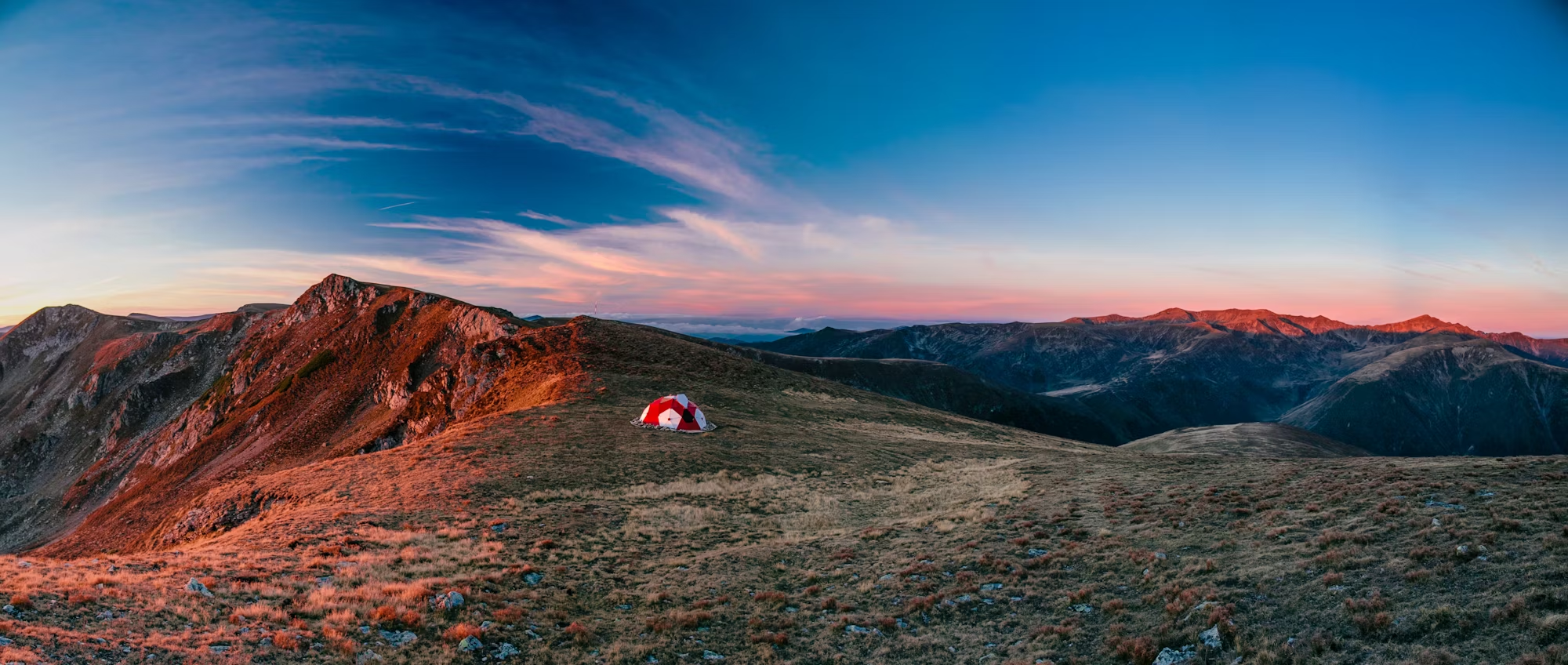Bicycle camping is an exciting way to combine the love of cycling with the great outdoors. It allows adventurers to explore new terrains, experience the freedom of the open road, and connect with nature—all while maintaining an active lifestyle. This article delves into the benefits of bicycle camping, tips for planning a successful trip, and how to make the most of your outdoor experience.
One of the primary attractions of bicycle camping is the opportunity for exploration. Cyclists can traverse various landscapes, from serene lakesides to towering mountains, all at their own pace. Unlike traditional camping, where you may be limited to a specific location, bicycle camping allows you to cover more ground and discover hidden gems along the way. This mode of travel encourages spontaneity, as cyclists can easily adjust their routes based on what they find appealing.
The fitness benefits of bicycle camping are undeniable. Riding a bike is a great cardiovascular workout, and combining it with camping creates a fun way to stay active. Cyclists engage multiple muscle groups, promoting overall fitness and endurance. Whether you’re cycling through flat terrains or tackling steep hills, the physical challenge enhances your strength and stamina. Plus, the fresh air and natural surroundings contribute to a positive mental state, making it easier to embrace a healthy lifestyle.
When planning a bicycle camping trip, preparation is key. Start by choosing a route that matches your skill level and interests. Many cyclists prefer scenic trails or designated bike paths that offer safe and enjoyable rides. Popular destinations often include national parks, coastal routes, or mountainous regions. Researching these areas can provide insights into the best times to visit, potential hazards, and must-see attractions.
Once you have a route in mind, it’s time to think about your gear. A reliable bicycle is essential, so ensure yours is in good condition before embarking on your journey. Consider investing in accessories like a comfortable saddle, handlebar bag, and rear rack to carry your camping gear. Proper clothing is also important; choose breathable, moisture-wicking fabrics that keep you comfortable while cycling. Don’t forget to pack a rain jacket, as weather conditions can change unexpectedly.
Selecting the right camping gear can make a significant difference in your experience. Opt for lightweight and compact equipment that won’t weigh you down. A good quality tent, sleeping bag, and pad are crucial for a comfortable night’s sleep. Cooking gear should also be lightweight, such as a compact camping stove and multi-functional utensils. By prioritizing functionality and weight, you can ensure that your gear doesn’t become a burden during your ride.
Food planning is another important aspect of bicycle camping. Nutritional needs can vary based on the intensity of your cycling, so prepare meals that provide energy and sustain you throughout the day. Dehydrated meals, energy bars, nuts, and fruits are excellent options that are easy to pack and provide essential nutrients. If your route allows, consider stopping at local markets to restock fresh food, which can also enhance your culinary experience.
As you set out on your bicycle camping adventure, embrace the flexibility it offers. Take time to explore scenic viewpoints, stop for breaks, and engage with locals along your route. The journey is just as important as the destination, and these moments of discovery can lead to unexpected joy. Whether it’s a picturesque picnic spot or a quaint café, these experiences add richness to your trip.
In addition to enjoying the ride and scenery, bicycle camping fosters a sense of community. Many cyclists find camaraderie with fellow campers, sharing tips, stories, and even meals at campgrounds. Engaging with others who share a passion for cycling and nature can lead to lasting friendships and invaluable insights for future trips. Participating in cycling events or joining local cycling groups can also enhance your experience and provide opportunities for collaboration.
Safety is an essential consideration while bicycle camping. Always wear a helmet and follow local traffic laws. Inform someone of your route and estimated arrival times, especially if traveling through remote areas. Carrying a first aid kit and tools for minor bike repairs can also be beneficial. Staying aware of your surroundings and adhering to local regulations ensures a safe and enjoyable adventure.
As you near the end of your bicycle camping journey, take time to reflect on your experience. Capture memories through photographs or journal entries, noting the challenges faced and triumphs achieved. These reflections will not only enhance your enjoyment of the trip but also help you plan for future adventures. Embracing the natural beauty encountered along the way can foster a deeper appreciation for the environment and inspire future excursions.
In conclusion, bicycle camping offers a unique blend of adventure, fitness, and connection to nature. By planning thoughtfully and embracing the spirit of exploration, you can create unforgettable experiences on your two-wheeled journey. Whether you are a seasoned cyclist or new to the world of bicycle camping, this activity allows you to enjoy the outdoors while maintaining an active lifestyle. So gear up, grab your bike, and set out to explore the beautiful landscapes that await you on the open road.
